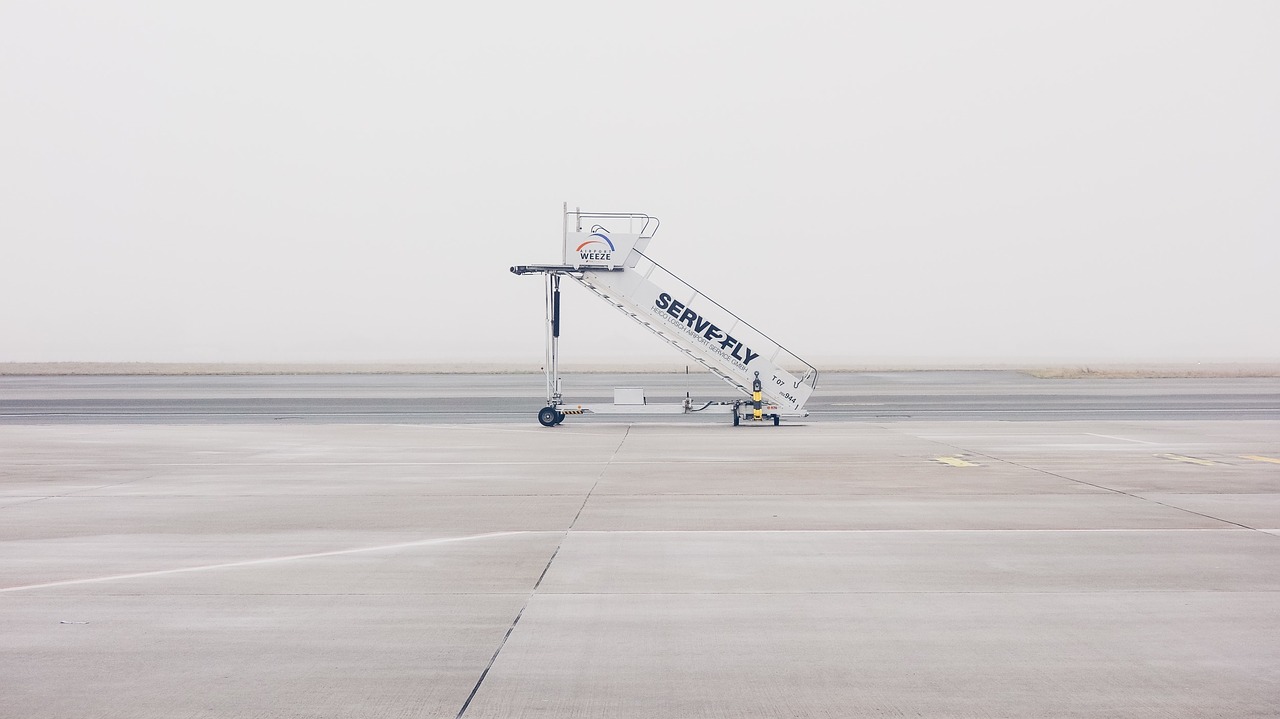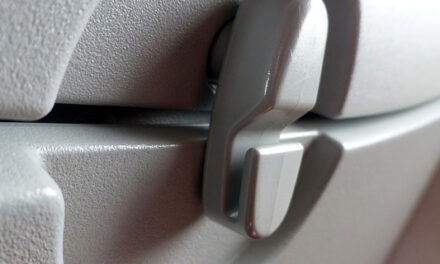Imagine a busy airport which before the Pandemic had around 26 million passengers annually. And with an areal of 2600 hectare. What happens when the activity is reduced by 90%? All of a sudden huge areas are transformed into a birds paradise to bread. Of course it is a huge aviation risk. Therefore, it is absolutely essential that airports keep up sweeping runways and surrounding areas to keep aviation safe.
In fact, EASA – European Union Aviation Agency, is mentioning in their report that birds and insects might nesting in aircraft unless they are looked after carefully.
So, what about all the other than the above flight risk? How are they handled? All those aircraft that has been grounded for a year? And how can we be sure that it is absolutely safe to fly again?
To help me sort this out i contacted a former colleague of mine, a pilot who wants to be anonymous.
Examples of other risks needed to be addressed
The Pilot referred to a quite extensive reports at the EASA site. The report highlight the following areas/heading safety risks;
- Management Systems;
- Human Performance;
- Training, Checking and Recency;
- Outdated Information;
- Infrastructure and Equipment;
- Financial Impacts on Safety.
Management Systems
EASA mention in the report that Financial- and Practical pressure and personell stress are factors that may be an obstacle to organisation to provide same level of attention to safety management as before.
Another point is the risk assessment, which is made under a specific operational and environmental context. The operational environment still is changing, maybe even to new operations, the assessments are no longer seen as valid and needs action.
Shut-down and restart of such complex operation as aviation, where technology and people meet and interact, require well prepared communication and decision strategies including both internal and external communication.
Loss of experiences personel, such as nominated stakeholders and others whom are made redundant due the financial situation makes the challenge bigger to update vital safety management systems.
When going back to operational mode post COVID-19 there will be an increased risk of spreading the infection again. Therefor companies need to mitigate this in implementing new procedures. One of the more interesting topics in this area is the reduced oversight be the authorities. The fact that they also need to follow COVID-19 recommendations and restrictions, implies e.g. a possible increase times between checks.
Human Performance
Here is a number of risks identified such as for instance the well being of aviation staff both on ground or working in the air. Increased working hours or unavailability of resting accommodation.
Flight crew with much lower activities on board jeopardise a reduction of risk sensitivity when operating.
Training, Checking and Recency
I am informed by my former colleague that pilots need to keep their certificates up to date and in fact some pilots actually pay simulator sessions themselves to keep their licence / certificates valid. Before they start flying again they need to perform company courses and simulator checks for the authorities.
In general there is a high ground staff turnover and with less operation the uncertainty of employment impact the staff and its training. The backlog in training in general limits the way an organisation can come back post COVID- 9. Fatigue or overload are risks to mitigate according to EASA.
Outdated Information
Operational Procedures and documentation may lack information. And especially revisions and updates. Databases used by Aircraft might not be updated. The EASA report mention FMS, TAWS and charts as examples.
Flight plans and other aeronautical information might lack updated information due the likelihood in lack of resources during the pandemic.
Infrastructure and equipment
When i ask my colleague about the equipment i get the reply that each individual aircraft is cared about through out its lifetime. All in accordance with the maintenance programme. A number of detailed checks are performed based on a number factors. One of the factors is number of flying hours or period in time before last check (regardless of hours airborne), whatever comes first. Aircraft that has been grounded for a while shall have their engine started and run regularly to keep them operational.
Financial Impacts on Safety
Limitation of financial resources is a problem to any company. in any bransch. However, few organisations has as much to jeopardiser as the airline industry and its operation. The safety of passengers must never be challenged by a bad financial situation. this is probably why EASA have the following headlines mentioned on top.
- Loss of key personell and delayed or changed long term
investments plans. - Limitation in number of personnel and movement restrictions
- Ageing of the fleet or not is currently debated
The above points are only a few of those mentioned in the EASA report. One hope and believe that all other regions are assessing the Airline Safety the same way and act accordingly.
Please find this report of very interesting reading on the subject of aviation and the assessment of safety.








